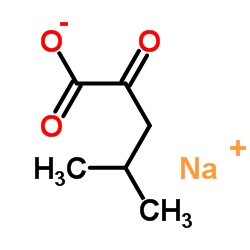| Structure | Name/CAS No. | Articles |
|---|---|---|
 |
Ketoleucine
CAS:816-66-0 |
|
 |
Sodium 4-methyl-2-oxopentanoate
CAS:4502-00-5 |